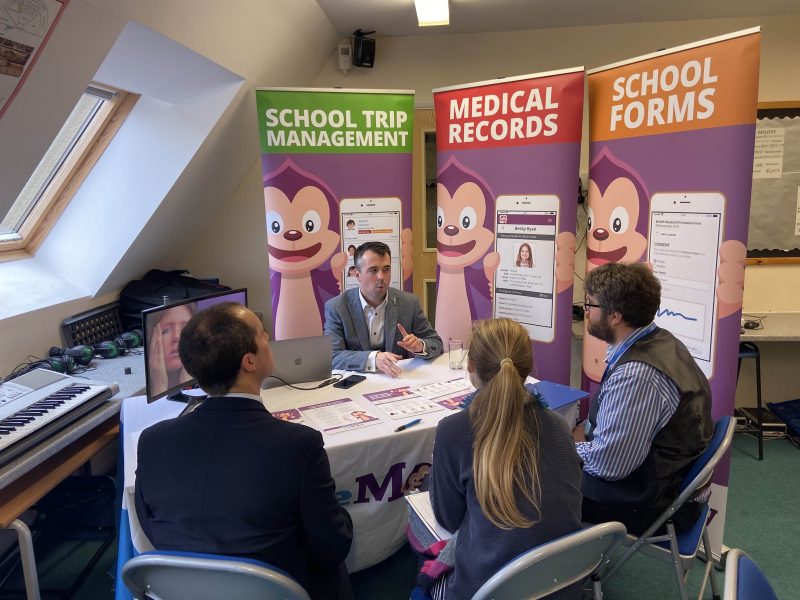

Teaching assistants (TAs) are one of the most significant investments schools make in their staffing budgets. In England alone, there are over 250,000 TAs working across classrooms—playing a vital role in supporting pupils’ learning, wellbeing, and inclusion. The challenge? Ensuring that investment translates into real impact for pupils, especially those who need the most support.

But as the Education Endowment Foundation (EEF) highlights in its 2025 updated Guidance Report on the Deployment of Teaching Assistants, how TAs are deployed is just as important as who they are. With the right structures, training, and clarity of purpose, TAs can make a significant and positive impact on pupil outcomes. This latest version builds on a decade of research and practical insight from schools.
Teaching assistants (TAs) are a vital part of the cast in every school. Whether supporting learning, behaviour, or wellbeing, they are often working behind the scenes to ensure pupils can succeed. But like any well-run production, impact doesn’t come from improvisation—it comes from clarity, direction, and collaboration.
The Education Endowment Foundation (EEF) 2025 Guidance Report on the Deployment of Teaching Assistants helps schools script a more intentional approach, grounded in evidence and designed to give TAs the role they need to shine.
Metaphor: The School as a Stage – TAs as Key Cast Members
Imagine your school as a theatre production. The teacher is the lead actor, delivering the core performance. TAs are the supporting cast and crew—working closely alongside the lead to make the whole show run smoothly.
However, in many schools, TAs are asked to improvise without a script, or they work offstage, disconnected from the main performance. The EEF guidance calls for something better: a well-rehearsed, unified team, where every role is purposeful and everyone understands the story being told.
The Five Key Recommendations
The EEF’s 2025 guidance draws on over a decade of research into what makes TA deployment most effective. Here are the five recommendations at the heart of the report:
1. Deploy Teaching Assistants to Ensure All Pupils Can Access High-Quality Teaching
All pupils deserve front-row access to great teaching. TAs help them stay engaged—not sidelined.
2. Use TAs to Scaffold Learning and Build Independence
TAs coach from the wings—not deliver the lines. Their goal is to help pupils perform confidently independently.
3. Deploy TAs to Deliver Structured, Evidence-Based Interventions
An intervention shouldn’t be a separate act—it should be part of the main storyline.
4. Prepare and Train Staff for Effective TA Deployment
Rehearsals matter—without shared preparation, even great actors can trip onstage.
5. Engage the Whole School in Implementing Effective TA Deployment
Successful productions are team efforts. When everyone understands the playbook, the performance improves.
Why It Matters
When used well, TAs can have a positive impact on learning—particularly for disadvantaged pupils or pupils with lower prior attainment or additional needs. But impact depends on intentional deployment, not just goodwill or availability.
The EEF’s Teaching and Learning Toolkit shows that structured, well-implemented TA support—particularly in small-group interventions and classroom scaffolding—can improve pupil outcomes by up to four additional months of progress.
But this only happens when:
Final Curtain: Every Role Matters
TAs are not just extras—they are vital cast members. When schools invest in clarity, coordination, and evidence-informed decisions, TAs move from being supporting roles to scene-stealers—making learning more accessible, more inclusive, and more effective.
So ask yourself:
When the whole team works from the same script, the performance doesn’t just run smoothly—it soars.
References